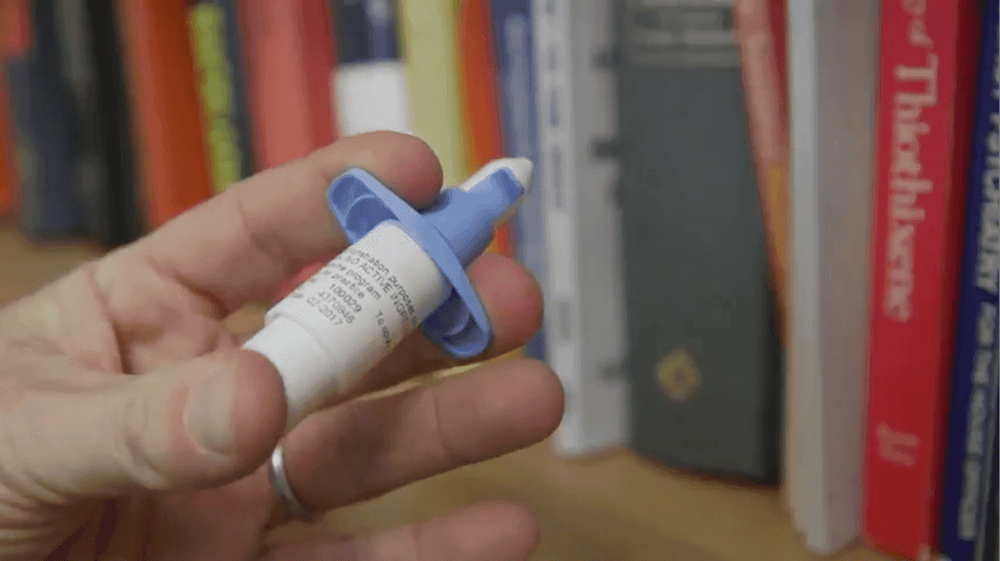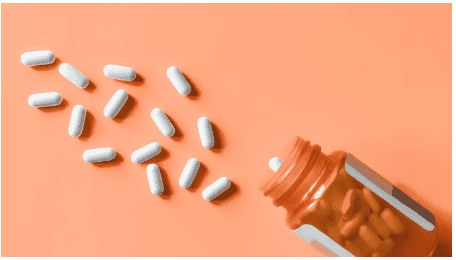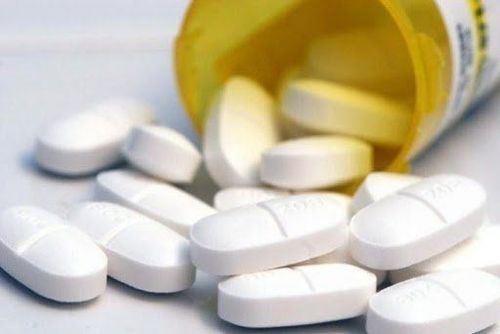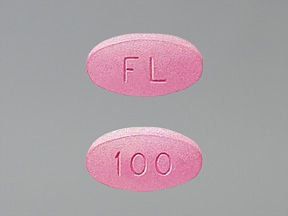This is an automatically translated article.
Esketamine is used as a treatment to improve depressive symptoms in adults with major depressive disorder, with acute suicidal ideation or behavior. However, effectiveness in preventing suicide or reducing suicidal ideation has not been proven.
1. What effect does Esketamine have?
Esketamine is an antidepressant drug. Esketamine is a drug very similar to ketamine, but there are some differences that make it work differently in the brain.
Esketamine works like an antidepressant but is less likely to cause drowsiness. In addition, medications can work quickly, sometimes helping to relieve symptoms of depression within a few days. Currently, the drug Esketamine is well received in restoring people's ability to experience pleasure.
Historically, the drug Esketamine has also been used as an anesthetic. Recent studies have shown that, when used in lower doses along with conventional antidepressants, esketamine can be effective for people with depression who have not responded to treatments. other treatment. Therefore, treatment with the drug esketamine is reserved for these cases.
In addition, another difference of Esketamine from other antidepressants is the form of presentation in the form of a nasal spray. The first doses need to be taken in the clinic under the supervision and monitoring of the doctor to ensure safety. The spray form of Esketamine provides rapid action and is well tolerated by a large number of patients.
2. How to use Esketamine?
Esketamine is available as a nasal spray. Each device delivers 2 sprays, containing a total of 28 mg of esketamine. Esketamine must be used under the direct supervision of a physician for the first time use. All patients should have their blood pressure assessed before and after treatment with Esketamine. If blood pressure is elevated at baseline (eg, above 140 mmHg for systolic pressure, above 90 mmHg for diastolic blood pressure), the clinician should weigh the risks of a short-term increase in blood pressure and the benefits of Esketamine drug given to the patient. In the case of patients with hypertension or severe intracranial pressure, Esketamine is contraindicated. After taking Esketamine, the patient also needs to reassess blood pressure after about 40 minutes. If blood pressure falls and the patient appears to be clinically stable for at least 2 hours, the patient can be discharged; if not, continue monitoring until stable. Patients are also advised not to engage in activities that require concentration, such as driving or operating machinery, until the next day. Because Esketamine can cause nausea and vomiting, patients should be advised to avoid eating for at least 2 hours and avoid drinking water for at least 30 minutes before taking the drug. In cases where the patient requires corticosteroids or decongestants on the day of Esketamine administration, these should be taken for at least 1 hour. The recommended dose of Esketamine should be prescribed by your doctor, depending on efficacy and tolerability assessments. Evidence of treatment benefit should be assessed at the end of the onset period to determine whether treatment should be continued. Esketamine is contraindicated in patients with vascular disease due to aneurysms (including thoracic and abdominal aorta, intracranial and peripheral vessels) or arterial malformations and a history of intracerebral hemorrhage as well as intracerebral hemorrhage. Hypersensitivity to esketamine, ketamine or any of the excipients in the drug.

Dạng xịt của thuốc Esketamine giúp đem đến tác dụng nhanh chóng, dung nạp tốt với một số lượng lớn bệnh nhân
3. Notes when using Esketamine drug
3.1 Sedative effect In clinical trials, more than half of the patients treated with Esketamine had a sedative effect.
Due to the potential for sedation, patients should be monitored in a medical facility for at least 2 hours after taking Esketamine. When the patient is considered clinically stable, the physician will authorize her to leave the medical facility.
3.2 Psychodissociation The most common psychoactive effects of Esketamine are psychoanalytic or perceptual changes (including temporal, spatial, and illusion distortions), denormalization, and deregulation. personalized.
Because of the potential for dissociative effects of Esketamine, patients should be carefully evaluated for psychosis prior to administration and treatment should be initiated only if the benefits outweigh the risks.
3.2 Risks of Drug Abuse Esketamine can lead to a risk of abuse, especially in patients with a history of prior drug addiction or general stimulant use; Suicidal thoughts and behavior in adolescents and young adults; In meta-analyses of placebo-controlled trials, Esketamine was shown to increase suicidal thinking and behavior in adolescents and young adults; In these cases, the physician should be informed early and a change in treatment regimen should be considered, including possibly discontinuing Esketamine and/or the concomitant oral antidepressant.
3.3 Hypertension Esketamine caused a reflex increase in systolic and/or diastolic blood pressure in all subjects despite the recommended dosage. Normally, the hypertensive reflex will peak about 40 minutes after taking Esketamine and persist for about 4 hours thereafter.
Therefore, it is necessary to monitor the patient's vital signs after taking the drug to stabilize before leaving.
3.4 Cognitive Impairment In a study in healthy volunteers, a single dose of Esketamine caused both short-term cognitive impairment and both long-term cognitive and long-term memory impairment. This risk is increased with repeated abuse of ketamine.
3.5 Cystitis Cases of cystitis have been reported in people who use Esketamine long-term or abuse the drug.
In clinical studies with Esketamine Nasal Spray, the drug group had a higher incidence of lower urinary tract symptoms such as urinary frequency, dysuria, urgency, and nocturia compared with the control group. placebo treatment.
3.6 Embryotoxicity Based on published findings from ketamine-treated pregnant animals, Esketamine may cause fetal harm when administered to pregnant women. As such, pregnant women should be counseled about the possible risk of infant exposure to Esketamine in utero prior to initiation of therapy. At the same time, doctors also need to advise women of reproductive age effective methods of birth control while taking the drug. In summary, Esketamine is a prescription medication used by nasal spray in combination with another antidepressant to provide the management of treatment-resistant depression in adults. Because of the risks on other organ systems, especially the effect of increasing blood pressure as well as short-term or long-term neuropsychiatric effects, patients should be closely monitored during Esketamine use, in order to detect early. side effects and timely correction.
Please dial HOTLINE for more information or register for an appointment HERE. Download MyVinmec app to make appointments faster and to manage your bookings easily.
References: spravatohcp.com, accessdata.fda.gov, webmd.com












